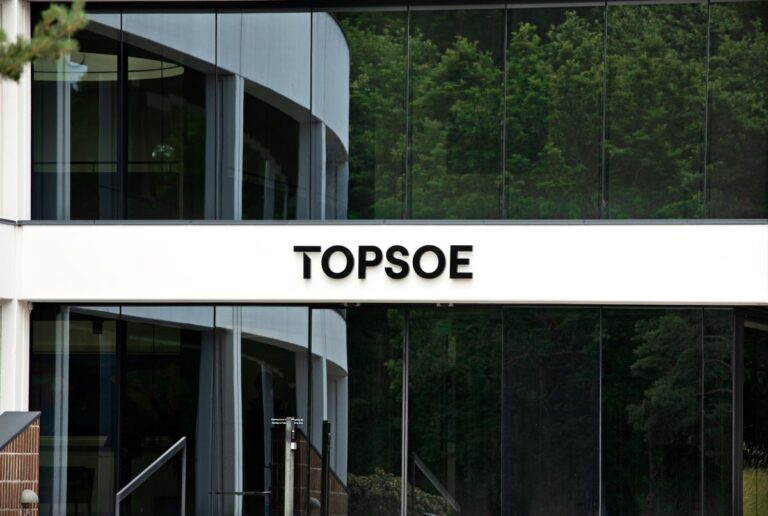
Courtesy of Topsoe
Topsoe revealed that the plans for this more than $400 million investment in the U.S. came after the company received an allocation for nearly $136 million in federal section 48C tax credits from the Inflation Reduction Act.
The factory has a planned capacity of more than 1 GW, Topsoe said, adding that subject to the final investment decision (FID), the investment is expected to create at least 150 direct jobs in Virginia and more than 1,000 indirect jobs through the value chain.
According to Topsoe, the factory’s output of electrolyzer stacks will enable an annual greenhouse gas emission avoidance of up to 2 million tonnes CO2e, the equivalent of avoiding the emissions from more than 400,000 gasoline-powered passenger vehicles driven for a year.
“Electrolyzers are key for decarbonizing energy-intensive industries, like steel, mining, and long-distance transportation that account for approximately 30% of global greenhouse gas emissions, and where direct electrification is not a viable solution. Topsoe’s SOEC technology increases electrolyzer efficiency up to 30% compared to other electrolysis technologies, and thereby produces more hydrogen per total power input,” Topsoe claimed.
Roeland Baan, CEO at Topsoe, commented: “Through legislation like the Inflation Reduction Act and strong support from individual states such as Virginia, the US government is helping to accelerate the clean energy transition. With our strong dedication to innovation, we will help the US achieve its goals of driving down the cost of clean hydrogen and delivering clean energy jobs.”
Kim Hedegaard, CEO of Power-to-X at Topsoe, added: “We at Topsoe believe in a sustainable future created by science. With this new facility, we will help drive down the cost of clean hydrogen by employing our innovative SOEC technology which is up to 30% more efficient than competing technologies. Our factory will ensure the economic and environmental aspects of the hydrogen economy are felt in the decades to come.”
To remind, in March 2024, Topsoe announced that the company ran a 2,000-hour SOEC electrolyzer demonstration in industrial conditions of 12 SOEC stacks, which showed that all 1,200 cells, included in the test, operated at high levels of stability while maintaining stable temperature levels.
According to Topsoe, the test was meant to demonstrate the technology’s capabilities in a hydrogen plant and validate the SOEC electrolyzers under industrial-standard intensity.
At the time, Topsoe referred to the demonstration as an important milestone in developing and scaling SOEC electrolysis technology, as well as the company’s wider mission to enable the energy transition by bringing efficient, scalable and innovative decarbonization technology to market.